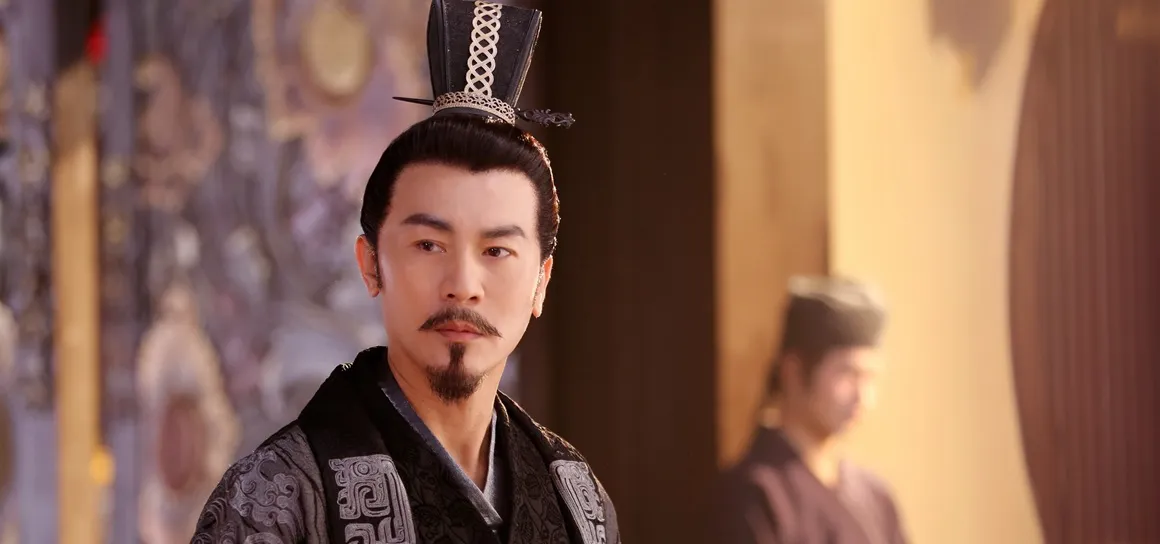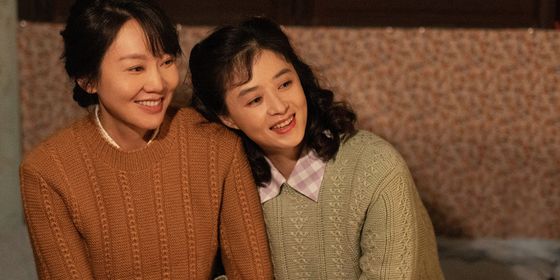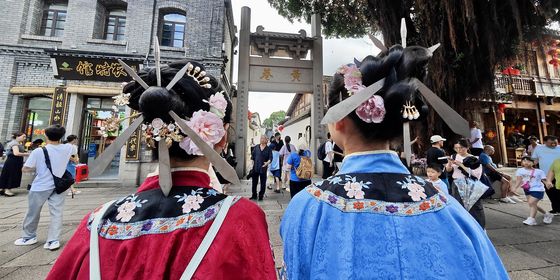Story of the hit TV character Dugu Xin, fashion icon and Chinese history’s most powerful father-in-law
TV series The Legend of Dugu is a hit on China’s streaming sites. Though the actual plot is about the love stories of young people from noble families during the chaotic Northern and Southern dynasties era (420 – 589), the most discussed character the show is Dugu Xin, a middle-aged official based on a real historical figure with a much more exciting life than most.
Pop history has been interested in Dugu for a long time, for two reasons: First, he is called one of the most handsome men ever lived; secondly, he is known as the most powerful father-in-law of Chinese history.
Born in 503, Dugu Xin was a military general and official of Xianbei origins, descended from the nomadic Xiongnu of the steppes north of China. In 534, Dugu followed Emperor Xiaowu of Northern Wei state to join forces with the warlord Yuwen Tai of the Western Wei against their arch-nemesis, the Eastern Wei, and rose to a high military rank. When the Northern Zhou dynasty took over the Western Wei in 557, Dugu Xin was made the Duke of Wei, but was soon forced by the powerful regent Yuwen Hu to commit suicide.
Dugu was already known for his handsome looks from a young age. According to The Book of Zhou, Dugu “had good appearance and manners, and aptitude for horsemanship and archery (美容仪, 善骑射).” He was apparently aware of his advantages and embraced being a fashion icon. It was said Dugu cared about his image very much, often dressing in a distinctive and fashion-forward style.
According to a story in the History of the Northern Dynasties, one day Dugu, was riding his horse back to town, riding so fast that the strong wind made his hat askew. He was spotted by a minor official. The next day, all the low-ranking officials of the kingdom were seen on the street with their hats on crooked. As typical in Chinese history, this remarkable incident gave rise to the idiom—侧帽风流, literally “crooked-hat charm,” referring to the great influence of beautiful or fashionable people.
Today, people may have forgotten about Dugu’s look, but definitely remembered his daughters. Out of Dugu’s seven daughters, three married emperors of three different dynasties. His eldest was the daughter-in-law of Yuwen Tai, and her husband, Yuwen Yu, later became emperor of the Northern Zhou dynasty, though she had passed away by this time and was honored as empress posthumously. His fourth daughter married Li Bing, the son of a high-ranking official of the Northern Zhou, and their son Li Yuan became the founding emperor of the Tang dynasty. As required of all filial sons, after Li Yuan claimed the throne, he gave the title of empress to his deceased mother.
The most well-known empress from the Dugu family was youngest daughter, who married Yang Jian, the first emperor of the Sui dynasty. Unusually for an emperor, Yang only married one empress and had no concubines. Together, he and Empress Dugu were called “The Two Sages,” an uncommon honor for a woman of her time. Empress Dugu is also the main character of The Legend of Dugu.
Those familiar with China’s dynastic cycle would have realized that the civil war that founded the Tang dynasty, which took power from the corrupt and short-lived Sui dynasty, was just a family feud involving Dugu Xin’s grandson Li Yuan taking power from his first cousin Yang Guang, son of Yang Jian and Empress Dugu. In this sense, every Chinese emperor from 604 to 907, with the exception of female emperor Wu Zetian, was Dugu Xin’s descendant. From blazing new hat fashions to siring a whole Chinese dynasty, it’s no wonder many viewers feel that Dugu Xin deserves his own show.
Cover image from tvmao.com












